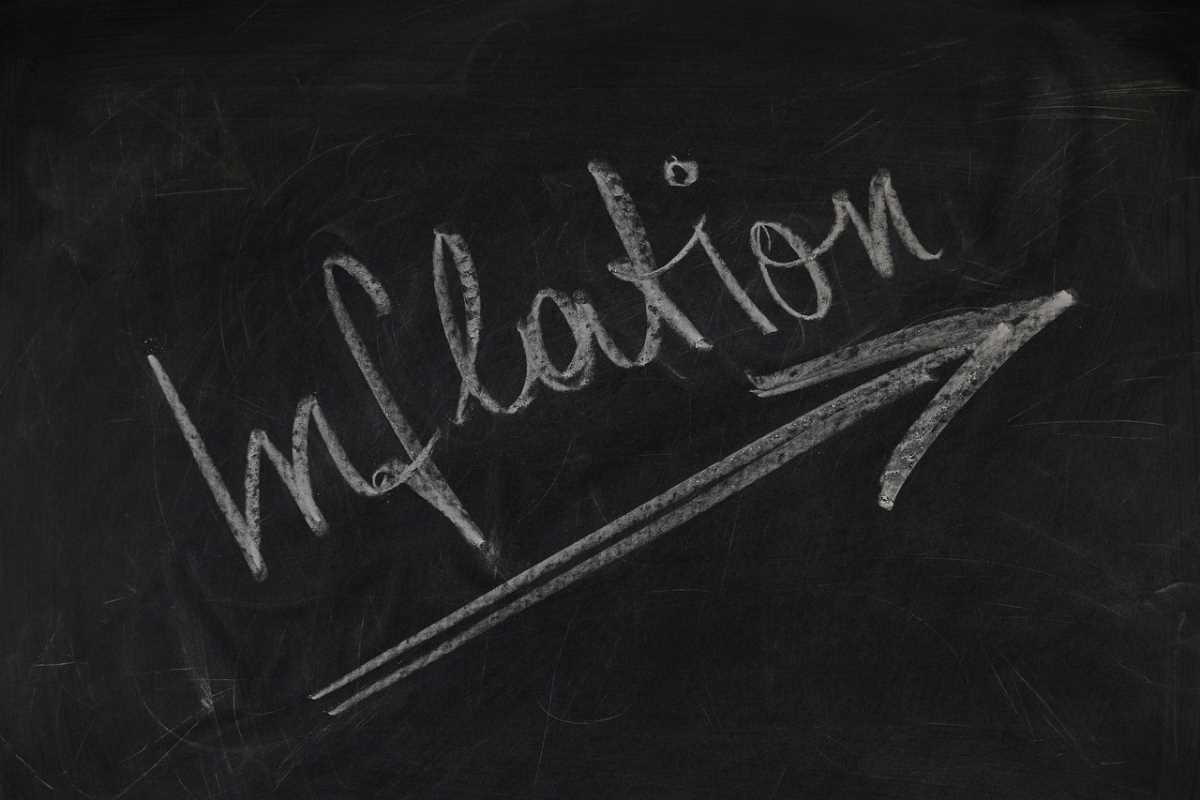 Photo: Pixabay In June, Brazil's annual inflation reached its lowest level since September 2020, signaling a major turnaround in the country's economy. Notably, prices showed a monthly drop of 0.08%, marking the first drop in prices since September last year.
Photo: Pixabay In June, Brazil's annual inflation reached its lowest level since September 2020, signaling a major turnaround in the country's economy. Notably, prices showed a monthly drop of 0.08%, marking the first drop in prices since September last year.Government policy, global market conditions and consumer behavior play an important role in determining inflation.
One of the interesting aspects of this research is looking at the financial market and how it reacts to economic changes. For example, many traders use platforms like IQ Option Signal Room to track market trends in real time. This platform provides valuable information about market trends, allowing users to make informed decisions about their investments.
And what are the implications for the budget? These indicators reinforce expectations that the Central Bank of Brazil will reduce interest rates soon. What was it like in the past? It is worth remembering that the Central Bank of Brazil has entered a strong cycle of monetary tightening since the beginning of 2021, with the Selic base rate reaching 13.75%, the highest level in six years. With most of that work now complete, economists are now debating the expected size of the next reduction.
According to the Brazilian Institute of Geography and Statistics (IBGE), annual inflation in Latin America's largest economy fell to 3.16% in June, compared to 3.94% in May, respectively, in line with market expectations. 3.17%.
And what are the theories of economists? Economists have mixed opinions on whether to cut rates. Capital Economics predicts a 25 basis point reduction in the Selic rate, to 13.50%, but also confirms that the risks are heading towards a greater reduction, of 50 basis points.
Financial markets immediately reacted to the inflation figures. The benchmark Brazilian stock index, Bovespa, fell 1.7% following the announcement, while the value of the Brazilian real fell 0.5% against the dollar.
But what does this price drop mean? The 0.08% drop in prices from May to June was mainly due to lower food, beverage and transportation costs. What was the result of this? Although this increase was slightly smaller than the 0.1% contraction predicted by economists, it is in line with the central bank's forecast for the month, as stated in the inflation report announced at the end of June of each quarter.
Regarding inflation targets and forecasts... Brazil's annual inflation rate, which currently targets this year at 1.75% to 4.75%, is subject to change. Analysts predict higher prices from July onwards due to negative base effects. However, private economists consulted by the central bank have consistently revised their projections for 2023 over the past eight weeks. It is currently estimated that the inflation rate will end the year with a rise of 4.95%.
Opinion of President Lula Luiz Inácio Lula da Silva, the president of Brazil, agreed to cut interest rates. He argues that the inflation rate is harming economic growth. Lula was pleased with the fall in inflation, which reinforced his stance in favor of fiscal policy reform.
Recent inflation trends in Brazil indicate significant changes in the country's economy. With inflation at its lowest level in almost three years, will the central bank consider cutting rates to stimulate economic growth? Despite economists' different projections, both the market and President Lula are paying attention to the direction of the Brazilian economy.
